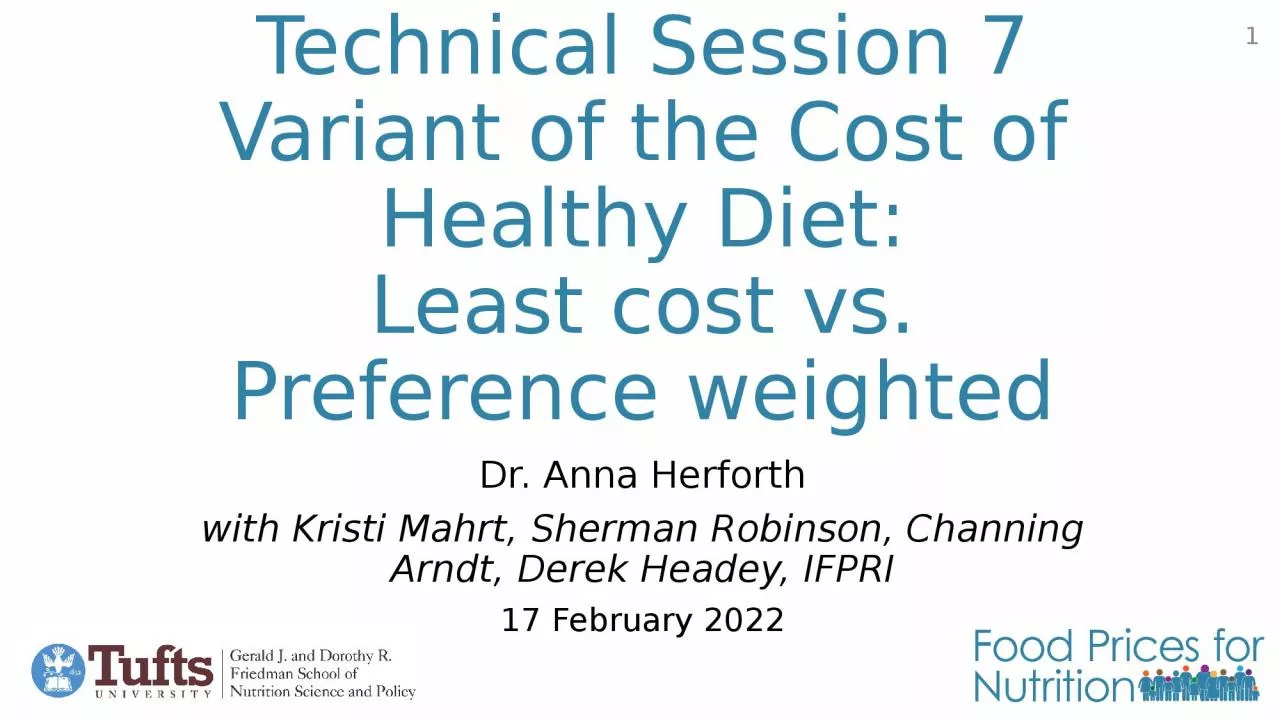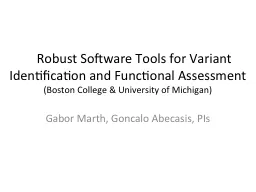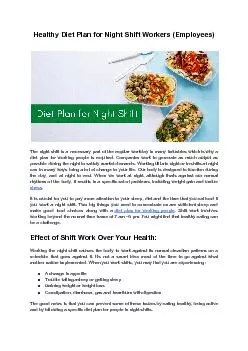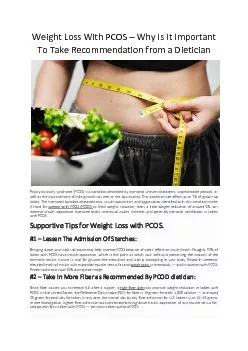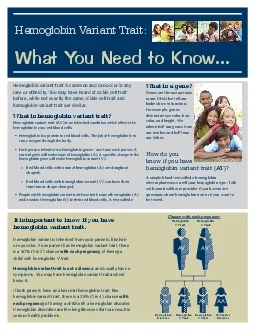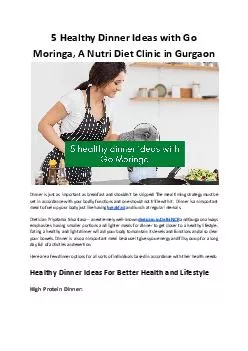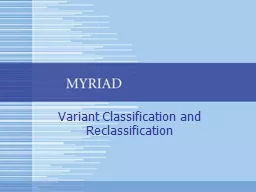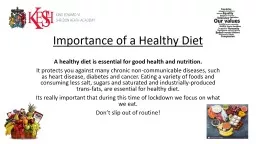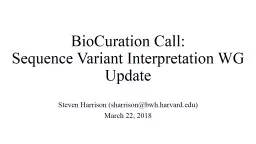PPT-Technical Session 7 Variant of the Cost of Healthy Diet:
Author : mia | Published Date : 2024-03-13
Least cost vs Preference weighted Dr Anna Herforth with Kristi Mahrt Sherman Robinson Channing Arndt Derek Headey IFPRI 17 February 2022 1 Leastcost healthy diet
Presentation Embed Code
Download Presentation
Download Presentation The PPT/PDF document "Technical Session 7 Variant of the Cost ..." is the property of its rightful owner. Permission is granted to download and print the materials on this website for personal, non-commercial use only, and to display it on your personal computer provided you do not modify the materials and that you retain all copyright notices contained in the materials. By downloading content from our website, you accept the terms of this agreement.
Technical Session 7 Variant of the Cost of Healthy Diet:: Transcript
Download Rules Of Document
"Technical Session 7 Variant of the Cost of Healthy Diet:"The content belongs to its owner. You may download and print it for personal use, without modification, and keep all copyright notices. By downloading, you agree to these terms.
Related Documents

